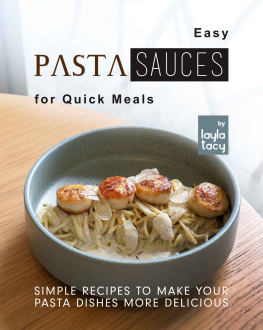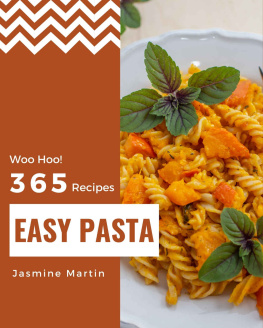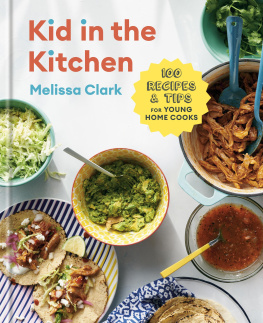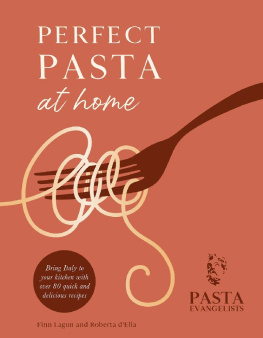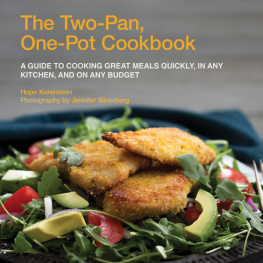Clark Melissa - The artisanal kitchen: perfect pasta
Here you can read online Clark Melissa - The artisanal kitchen: perfect pasta full text of the book (entire story) in english for free. Download pdf and epub, get meaning, cover and reviews about this ebook. City: New York, year: 2017, publisher: Artisan, genre: Home and family. Description of the work, (preface) as well as reviews are available. Best literature library LitArk.com created for fans of good reading and offers a wide selection of genres:
Romance novel
Science fiction
Adventure
Detective
Science
History
Home and family
Prose
Art
Politics
Computer
Non-fiction
Religion
Business
Children
Humor
Choose a favorite category and find really read worthwhile books. Enjoy immersion in the world of imagination, feel the emotions of the characters or learn something new for yourself, make an fascinating discovery.

- Book:The artisanal kitchen: perfect pasta
- Author:
- Publisher:Artisan
- Genre:
- Year:2017
- City:New York
- Rating:5 / 5
- Favourites:Add to favourites
- Your mark:
- 100
- 1
- 2
- 3
- 4
- 5
The artisanal kitchen: perfect pasta: summary, description and annotation
We offer to read an annotation, description, summary or preface (depends on what the author of the book "The artisanal kitchen: perfect pasta" wrote himself). If you haven't found the necessary information about the book — write in the comments, we will try to find it.
The artisanal kitchen: perfect pasta — read online for free the complete book (whole text) full work
Below is the text of the book, divided by pages. System saving the place of the last page read, allows you to conveniently read the book "The artisanal kitchen: perfect pasta" online for free, without having to search again every time where you left off. Put a bookmark, and you can go to the page where you finished reading at any time.
Font size:
Interval:
Bookmark:

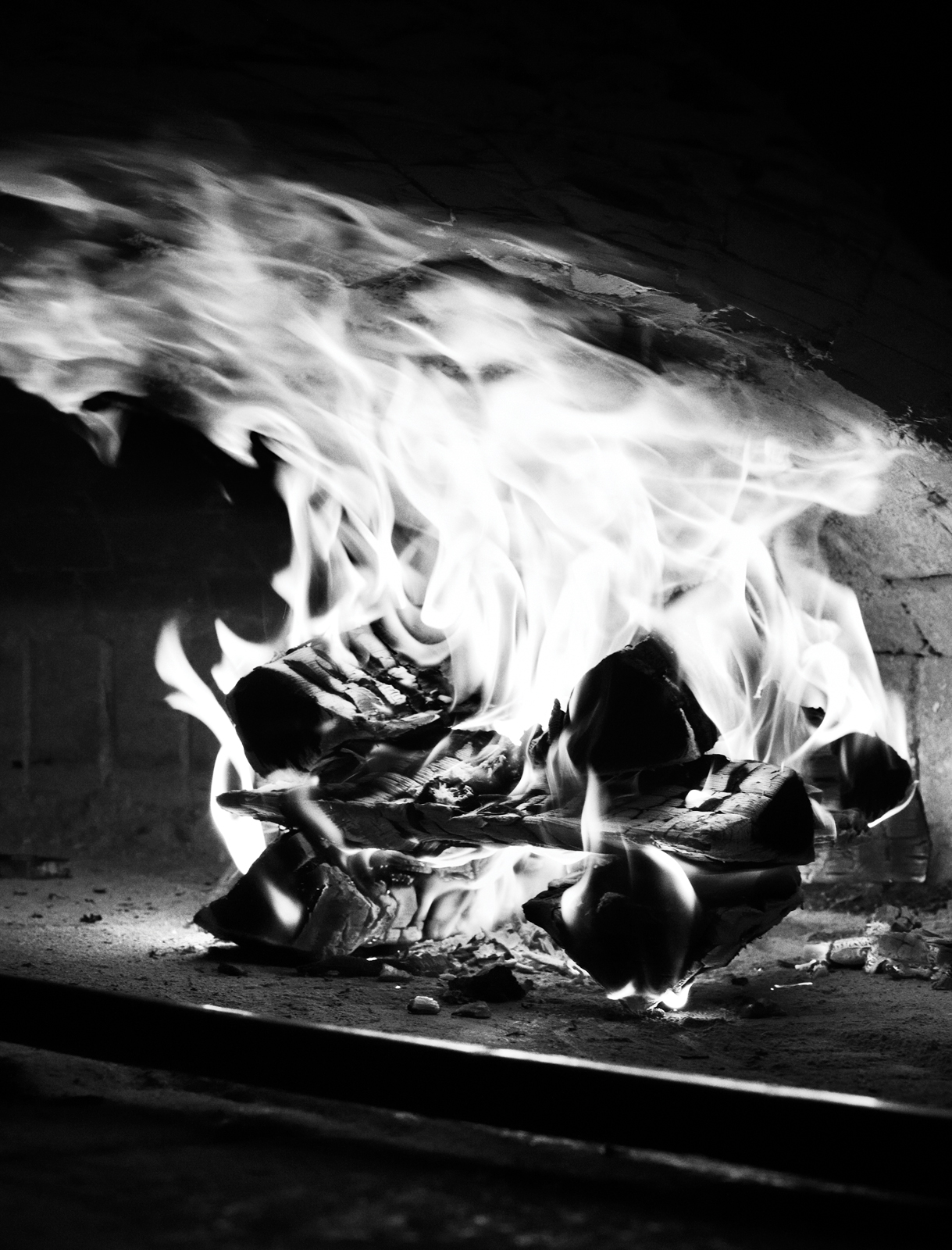
Also in This Series
The Artisanal Kitchen: Perfect Pizza at Home
The Artisanal Kitchen: Vegetables the Italian Way
The Artisanal Kitchen
Perfect
PASTA
Recipes and Secrets to Elevate the Classic Italian Meal
Andrew Feinberg & Francine Stephens
of Franny's Restaurant
with Melissa Clark

Artisan New York
Contents
Introduction
Everyone thinks that pasta is the easiest thing in the world to cookyou just boil up a big pot of spaghetti, drain, and top with a premade sauce and a handful of grated cheese. Its the last-minute dinner to end all last-minute dinnersquick, easy, satisfying. But the very best pasta dishes are so much more than that: truly al dente noodles that taste of wheat, imbued with the aromatics in the saucebe it a few cloves of lightly browned garlic and a fat pinch of chili flakes, some ripe tomatoes quickly warmed and glossed with olive oil, or slowly simmered squid spiked with salty capers. In a great pasta dish, all of the elements are integrated and perfectly calibratedthe shape of the noodles and the consistency of the sauce, the type and amount of cheese (if any), the chili heat or lack thereof. They all work together to create a blissful harmony of flavors and textures in the bowl.
Although my husband, Andrew, and I had been eating pasta our whole lives, it wasnt until he started making it at home in earnest, studying recipes from his favorite Italian cookbooks (by Giuliano Bugialli, Marcella Hazan, and Fred Plotkin), that we started to fully appreciate the differences between a perfectly good pasta dish and a phenomenal one. Ingredients are key, of course. But so is technique. And one of the most important pasta lessons that Andrew ever learned was a classic Italian method for cooking pasta that, for some reason, is not embraced in the United States.
It might be because its slightly more complicated than the American standard of boil-drain-pour-on-the-marinara. In the States, the first time the pasta meets the sauce is when you twirl it all together with a fork. There is no real unity of flavorsand the noodles are usually overcooked and limp. This is definitely not the case in Italy, where one of the hallmarks of a properly cooked pasta dish is al dente noodles that are seasoned fully with the flavors of the sauce.
Achieving this pasta perfection is a two-step process (see ). Step 1 is to undercook the pasta by about 2 minutes. This ensures that the pasta maintains an essential spine of chewiness. Step 2 is to finish cooking the noodles in the sauce, which, ideally, youve been simmering in a skillet on another burner. Finishing the pasta in the sauce gives the noodles a chance to meld with and absorb all the good flavors in the pan. It makes for a deeper-tasting dish in which all the ingredients are wedded into a well-balanced whole. It takes practice to get the timing down (youll need to get to know different shapes and brands of pasta), but once you do, the pasta will emerge supple, intensely flavored, and with a toothsome bite.
Andrew started cooking pasta like this at home way before we opened our restaurant, Frannys, but we quickly discovered that it was one thing to be able to make, say, a great cacio e pepe in our home kitchen, and another thing entirely to do it consistently in a very busy restaurant. After a few months of struggling, we decided to take pasta off the menu until we could remodel the kitchen and put in a proper pasta tank, which we did in a few years. But in your kitchen, the Italian two-step method should work well, and we highly recommend giving it a try, adapting your own favorite pasta recipes, as well as the ones in this book.
Most of the recipes youll find here are based on Italian classics that weve altered to some degree. Andrew always strives to keep the core elements of the original dish intact. His tweaks are subtle, like adding a touch of shrimp stock to bring out the sweet sea flavor in his that omits the tomato but ramps up the flavor of the other ingredients (anchovies, capers, garlic) by browning them thoroughly. For the most part, he leaves well enough alone. Cooks in Italy know what they are doing.
This is also true when it comes to ingredients. In Italy, its pretty easy to find high-quality pasta made by small artisanal producers in every little supermarket. Luckily, these pastas are becoming more and more available here too. Pasta from artisan producers might cost more, but supporting a true craftsman is well worth the higher price tag, especially since you end up with an excellent product. Frequently the business has been family-run for generations; perhaps the wheat is grown near the same village where the pasta is produced. That pricey bag of artisanal Italian pasta may reflect the livelihood and pride of an entire community. With all that heritage, tradition, and expertise going for it, how could it not be superior?
For dry pasta, we like to buy from the Campania region, where many of the best Italian pasta producers are located. A town called Gragnano, near Naples, has seven or eight amazing artisanal pasta makers alone.
Italian artisanal dry pasta is made with grano duro (hard-grain) durum wheat. It has a golden yellow color and is extruded through rugged bronze dies that in many cases have been in use for decades or longer. Its slowly air-dried for a minimum of 24 hours (and up to 72 hours), helping to make it dense and resilient. Sauce adheres perfectly to its porous, textured surface, and thanks to its density, the pasta holds its shape and toothsome character after cooking.
Industrially made dry pasta, on the other hand, is shoved through Teflon-coated dies, a process that greatly speeds up extrusion and production but results in a reedy, slick (nonstick) noodle. Commercial pasta is also made from a more yielding, cheaper strain of wheat, and it is rapidly dried with heaters, essentially parcooking the noodles. Large-scale industrially made pasta is inferior to artisanal pasta in all respects: it breaks down in water, becoming flabby and mushy, and sauce slides away from its slippery surface.
If you take the time to track down the best pasta and other ingredients and then use the two-step pasta cooking method, youre pretty much guaranteed a fantastic meal. But there are a few final touches that can make it even better, such as finishing a skillet full of well-sauced pasta with an emulsifying spoonful of butter, a fragrant splash of olive oil, a sprinkle of creamy cheese, or a combination of all three. Then, once the pasta is plated, a drizzle of olive oil and maybe a little very coarsely grated cheese will make all the flavors pop. At the end, when youre finished with your meal, you should have no more than a few teaspoons of pasta sauce at the bottomjust enough for a single swipe of your bread to finish everything off.
Francine Stephens
Cooking Notes
Great cooking is so much more than just following a recipe. Here are some tips and pointers that will make all your homemade mealswhether from this book or noteven better.
Eat Seasonally and Locally
The wonderful thing about eating seasonally is that without question, your food will be more flavorful. Cooking seasonally makes shopping easier, because youll know that what youre getting is fresh. The cauliflower and kale that you can find in January are far better ingredients for your cooking in winter than pale, mealy tomatoes. Yet really ripe summer tomatoes are so remarkable that you need to do very little to them, and even a simple tomato salad can be extraordinary. The more local those tomatoes, the less distance they have had to travel and the riper they probably are. If youre lucky enough to have a farmers market nearby, take advantage of it. Its hands down the best place to source seasonal, fresh, local ingredients. Plus, shopping at the farmers market can be a rewarding experienceyou can look your farmer in the eye, and you are directly subsidizing the people responsible for feeding you and your family (you dont get that kind of satisfaction in a supermarket).
Next pageFont size:
Interval:
Bookmark:
Similar books «The artisanal kitchen: perfect pasta»
Look at similar books to The artisanal kitchen: perfect pasta. We have selected literature similar in name and meaning in the hope of providing readers with more options to find new, interesting, not yet read works.
Discussion, reviews of the book The artisanal kitchen: perfect pasta and just readers' own opinions. Leave your comments, write what you think about the work, its meaning or the main characters. Specify what exactly you liked and what you didn't like, and why you think so.


